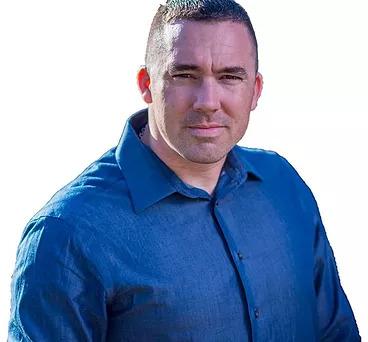Jason Esterhuizen had always dreamed of becoming a pilot. Tragically, a car accident left him blind. Eight years later, he’s able to see for the first time again thanks to a new medical device.
Esterhuizen was 23 years old when he was driving in his native South Africa in December 2011. While he was driving, a pedestrian ran in front of him. Esterhuizen swerved to avoid him, but lost control of the car.






